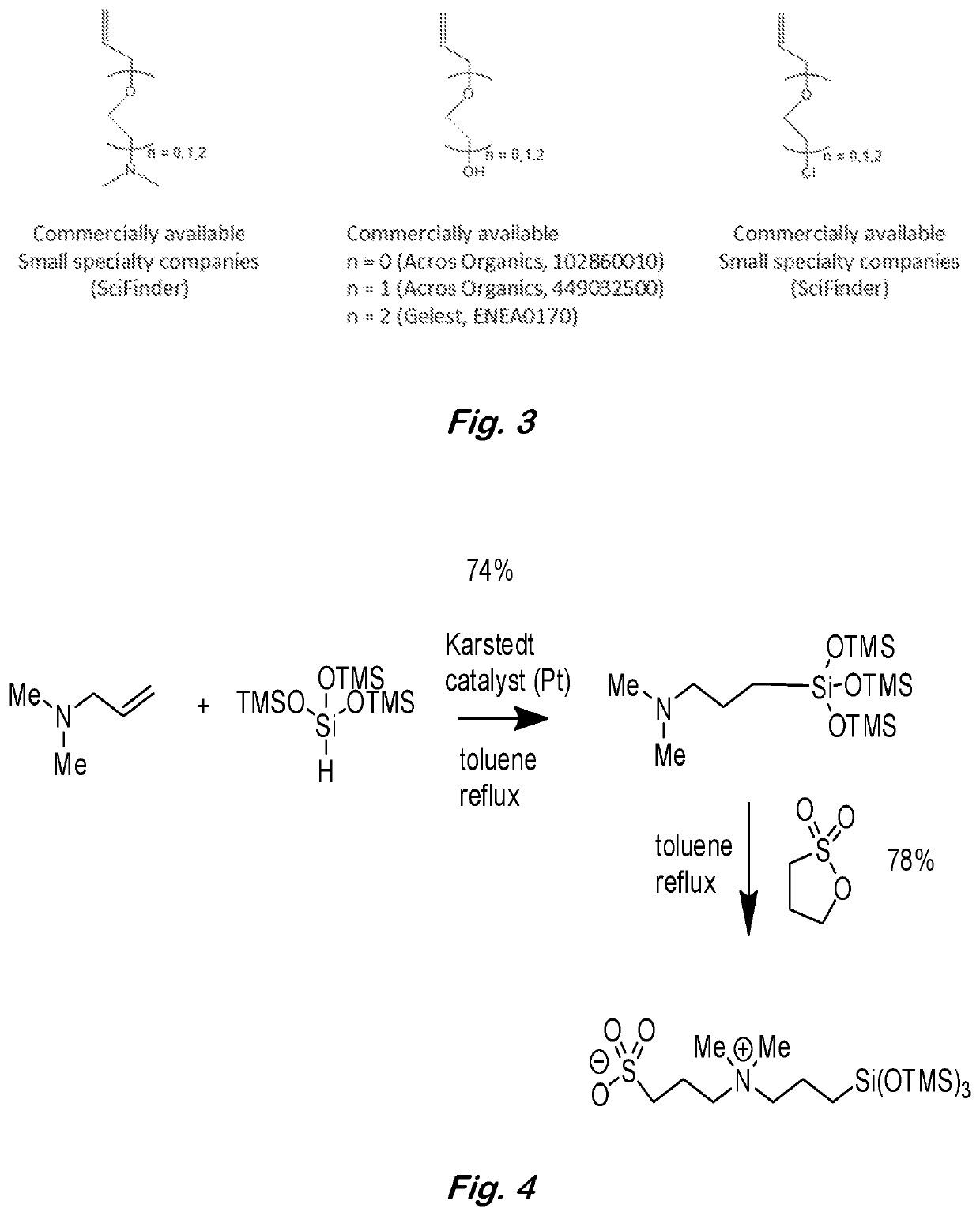Zwitterionic and glucoside surfactant formulations for fire-fighting foam applications
a foam and glucoside technology, applied in the field of fire suppression materials, can solve the problems of complex recipes, many commercial afff formulations are understandably complex and proprietary, and achieve the effects of reducing drainage, high fire suppression performance, and increasing liquid conten
- Summary
- Abstract
- Description
- Claims
- Application Information
AI Technical Summary
Benefits of technology
Problems solved by technology
Method used
Image
Examples
Embodiment Construction
[0032]In the following description, for purposes of explanation and not limitation, specific details are set forth in order to provide a thorough understanding of the present disclosure. However, it will be apparent to one skilled in the art that the present subject matter may be practiced in other embodiments that depart from these specific details. In other instances, detailed descriptions of well-known methods and devices are omitted so as to not obscure the present disclosure with unnecessary detail.
[0033]Disclosed herein is the preparation of fluorine-free surfactant formulations to generate foams that have high fire suppression comparable to that of the firefighting foam currently used world-wide, aqueous film forming foam (AFFF), which contains fluorocarbon surfactants with significant environmental impact. The formulation uses a zwitterionic compound, such as a zwitterionic tetrasiloxane surfactant that may exhibit synergism with alkylglycoside surfactants and result in high...
PUM
| Property | Measurement | Unit |
|---|---|---|
| surface tension | aaaaa | aaaaa |
| surface tension | aaaaa | aaaaa |
| foam flow rate | aaaaa | aaaaa |
Abstract
Description
Claims
Application Information
 Login to View More
Login to View More - R&D Engineer
- R&D Manager
- IP Professional
- Industry Leading Data Capabilities
- Powerful AI technology
- Patent DNA Extraction
Browse by: Latest US Patents, China's latest patents, Technical Efficacy Thesaurus, Application Domain, Technology Topic, Popular Technical Reports.
© 2024 PatSnap. All rights reserved.Legal|Privacy policy|Modern Slavery Act Transparency Statement|Sitemap|About US| Contact US: help@patsnap.com










